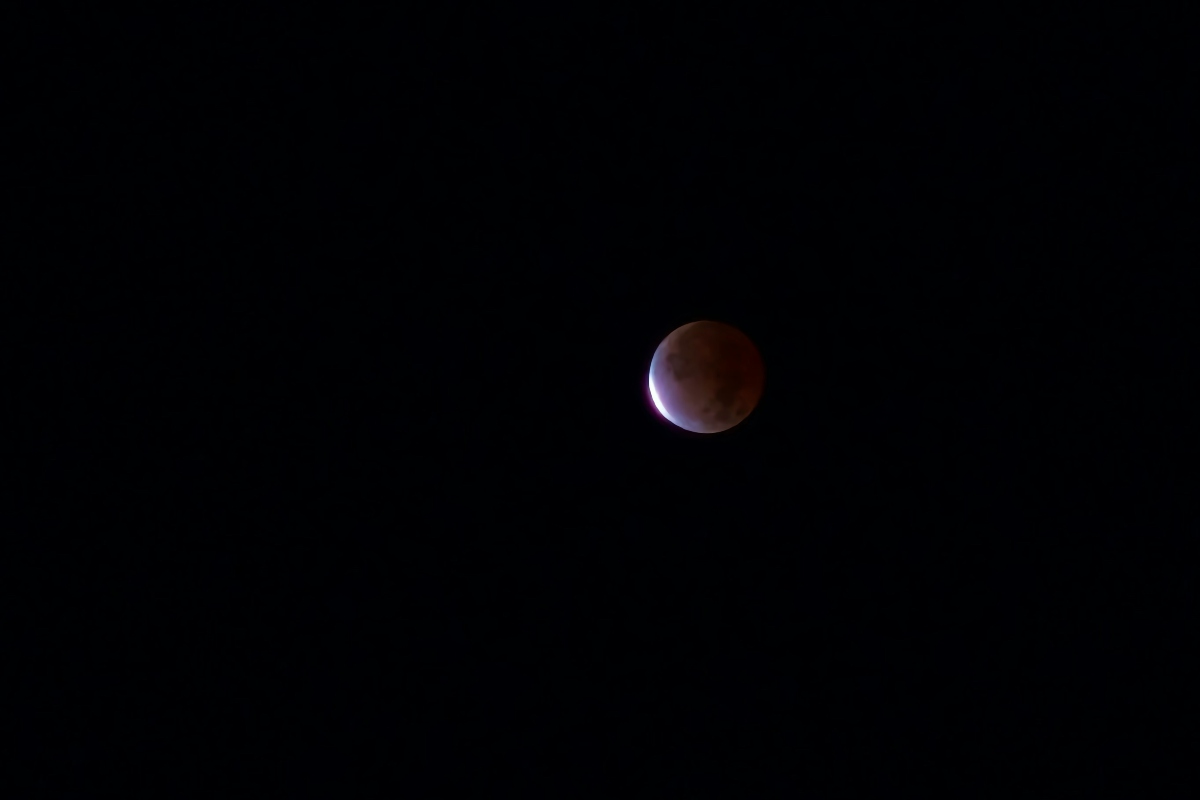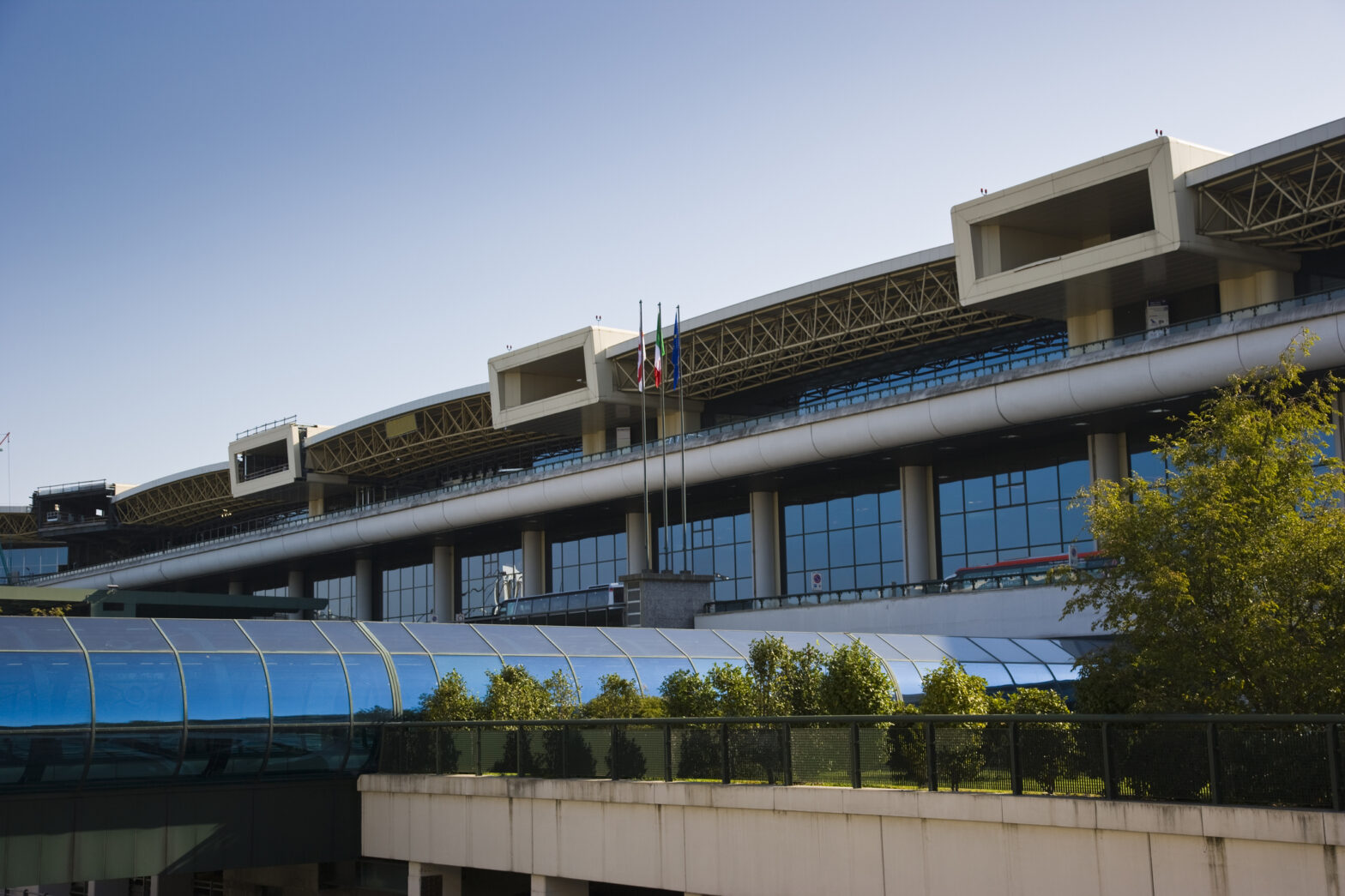As the partial lunar eclipse of September 17 to 18, 2024, draws near, skywatchers throughout the world are getting increasingly excited. The moon will experience a slight “bite” from the Earth’s shadow, which defines it as a partial eclipse. Even though Earth’s umbra, the darkest shadow, will only cover 3.5% of the moon, the phenomenon will be spectacular to watch.
The eclipse will begin with a penumbral phase, during which the moon will pass through Earth’s lighter outer shadow. As the event progresses, observers will notice a subtle darkening of the lunar surface. When the moon enters Earth’s umbra, the partial eclipse phase will create a more noticeable effect, as if a tiny piece has been removed from the moon’s edge. If you want to see this partial lunar eclipse, here’s everything you need to know.
Timing And Visibility
According to space.com, the entire eclipse will last for 4 hours and 6 minutes, with the partial phase lasting 1 hour and 3 minutes. Here’s the timeline in Eastern Daylight Time (EDT):
- Penumbral eclipse: 8:41 PM EDT on September 17
- Partial eclipse: 10:12 PM EDT on September 17
- Maximum eclipse: 10:44 PM EDT on September 17
- Partial eclipse ends: 11:15 PM EDT on September 17
- Penumbral eclipse ends: 12:47 AM EDT on September 18
The eclipse will be visible from a large portion of the globe, including the Americas, Europe, Africa, parts of Asia, and Antarctica. In the United States, viewers in cities like New York, Washington D.C., Miami, Dallas, Detroit, Chicago, and Kansas City can witness the entire event.
How To Watch The Partial Lunar Eclipse
One of the great advantages of lunar eclipses is their accessibility. Unlike solar eclipses, which require special protective eyewear, lunar eclipses are safe to view with the naked eye. No special equipment is necessary, though binoculars or a small telescope can enhance the experience by revealing details on the moon’s surface. To best enjoy the eclipse:
- Find a clear view of the night sky, away from bright lights, if possible.
- Dress warmly if you’re in a cooler climate, as the event will last several hours.
- Consider bringing chairs, blankets, or warm drinks for comfort during the long viewing period.
- Use the free Sky Tonight or Eclipse Guide apps to get precise timing and visibility information for your specific location.
As an added treat for skywatchers, the bright planet Saturn will be visible near the eclipsed moon. Having recently reached opposition, Saturn will appear as a golden dot, providing a stunning celestial pairing with our lunar neighbor. For those interested in photographing the eclipse, it’s an excellent opportunity to practice astrophotography.
While the moon’s appearance changes will be subtle, patient observers with the right equipment can capture beautiful images. Remember to use a tripod for stability and experiment with different exposure settings to capture the moon’s changing appearance throughout the eclipse.





